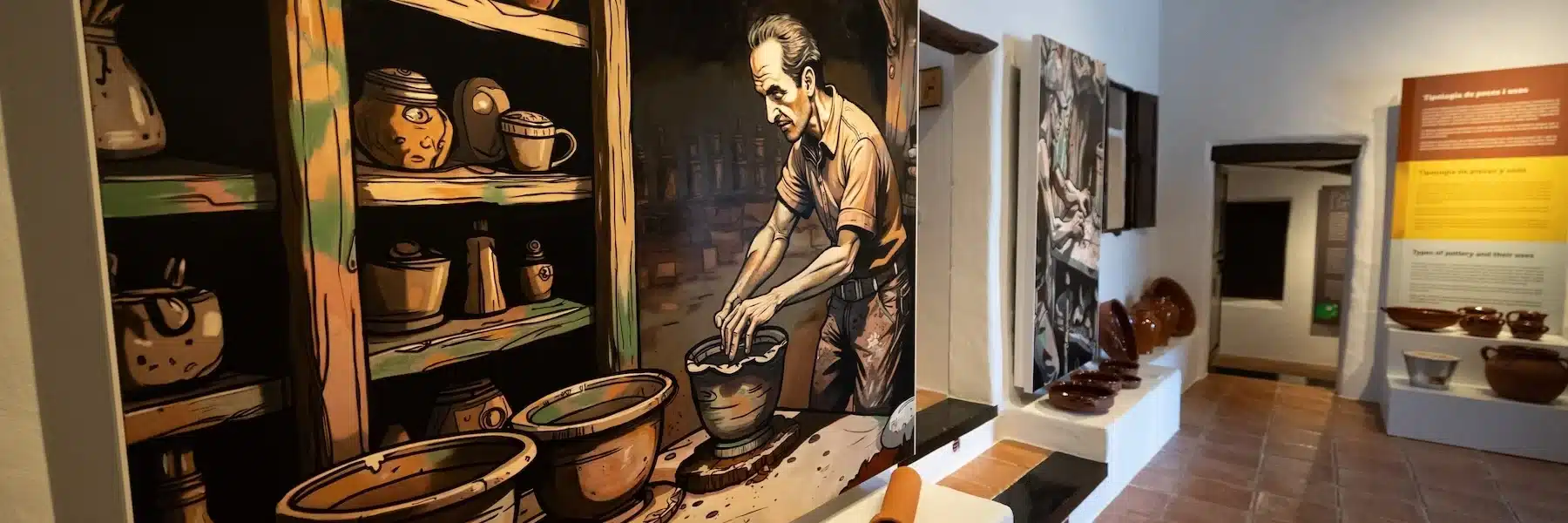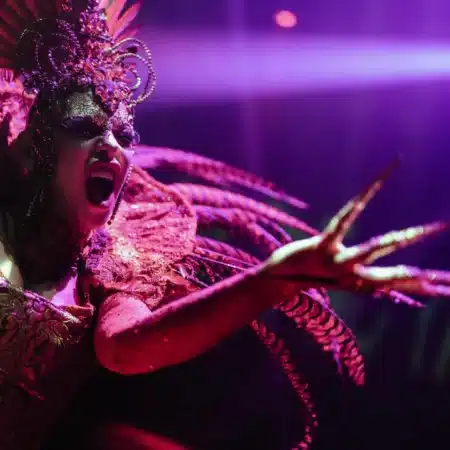This year, the Ethnographic Museum of Can Ros invites visitors to explore three fascinating Ibizan folklore exhibitions that delve into Ibiza’s mythology, traditional crafts, and ancient medicine. Located in Puig de Missa, Santa Eulària, the museum offers a unique opportunity to discover the island’s rich cultural heritage beyond its well-known attractions.
Running from 16 February to 19 September, these exhibitions provide insight into Ibiza’s folklore, craftsmanship, and healing traditions, making them an unmissable experience for those looking to connect with the island’s past.
The enchanted world of fairies and witches
The first of the three exhibitions, Fades i bruixes (Fairies and Witches), is a family-friendly display that delves into the mythological beings that have shaped Ibiza’s storytelling traditions.
Ibizan folklore is rich with tales of mysterious spirits, benevolent fairies, and feared witches. These figures appear in the island’s rondalles, or folk stories, passed down through generations. The exhibition seeks to challenge common perceptions of these mythical beings, showing that fairies are not always as good as they seem, and witches are not always as evil as they are portrayed.
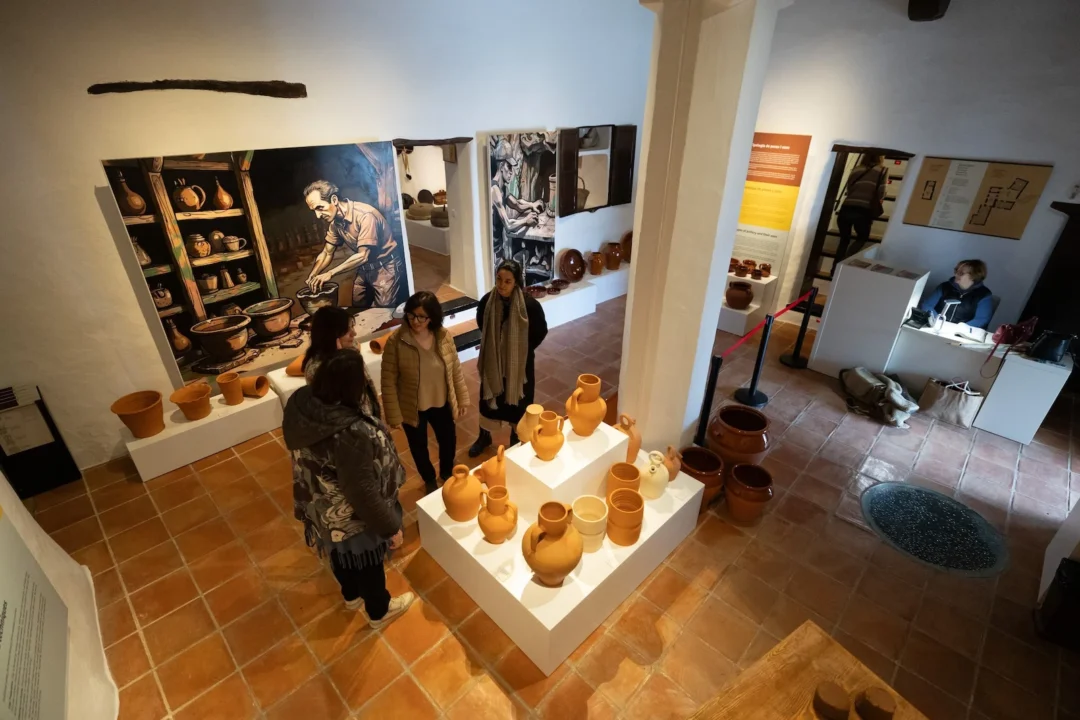
At the heart of the exhibition is an animated short film created by Júlia Aguiló, which brings these characters to life against the backdrop of the bridge over the Santa Eulària river. Through engaging storytelling, children and adults alike will be encouraged to rethink traditional fairy tales, examining the deeper symbolism and cultural significance of these legendary figures.
According to Lina Sansano, director of the Ethnographic Museum of Can Ros, the exhibition aims to offer a fresh perspective: “Visitors will see that fairies can get angry, and witches can show compassion. This exhibition invites people to reflect on the true nature of these beings and the roles they play in folklore”.
The exhibition also showcases rondalles written by Ibizan author Joan Castelló Guasch, ensuring that local literary traditions remain at the heart of the experience.
Preserving Ibiza’s pottery tradition
The second exhibition, Tradició terrissera a Eivissa (Pottery Tradition in Ibiza), pays tribute to one of the island’s oldest crafts.
For centuries, Ibizan artisans have used local clay to create functional and decorative pottery, shaping pieces that have become an essential part of the island’s cultural identity. Despite modernisation, the tradition continues to thrive, with a new generation of ceramicists keeping the art alive.
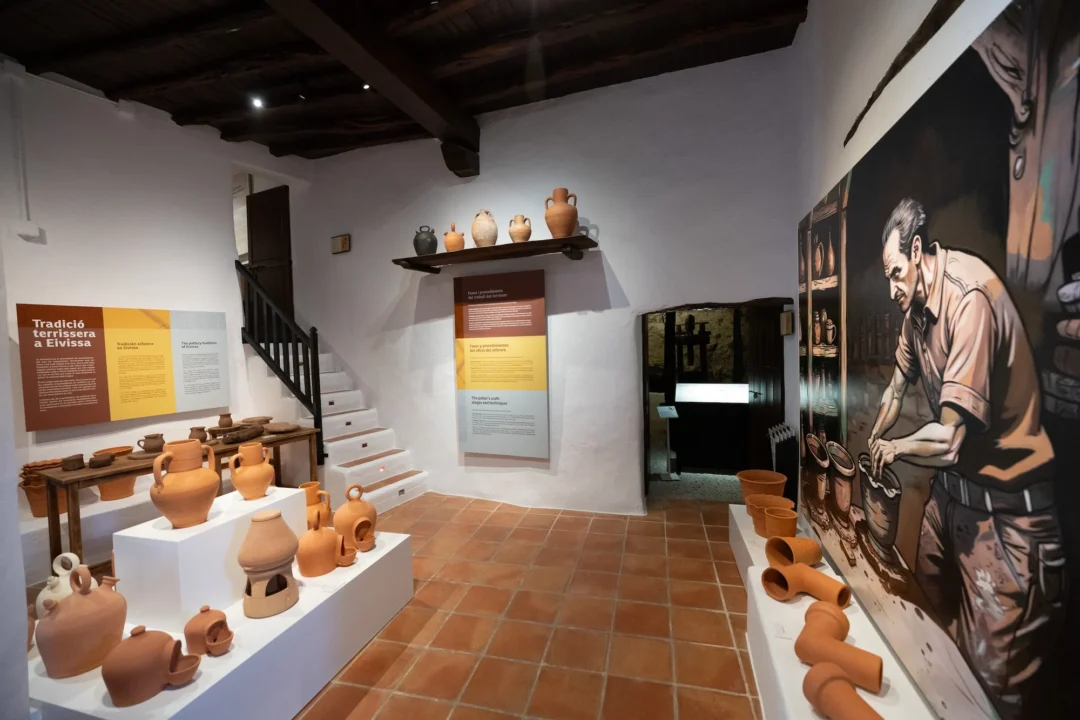
The exhibition includes a collection of handcrafted pottery pieces, along with historical photographs from the Image and Sound Archive of the Ibiza Island Council. Complementing the display are two striking murals created by artists Tito Fernández and Juan Manuel Carrillo (Necko), who have brought a modern, urban-inspired aesthetic to this ancient craft.
Ibiza’s Councillor for Culture, Education, and Heritage, Sara Ramón Roselló, emphasised the importance of the exhibition, stating: “This is a way to honour those who have passed down the art of pottery through generations. Today, there is a renewed interest in ceramics, with many people rediscovering the craft”.
Beyond the exhibition itself, visitors will have the chance to participate in pottery workshops throughout the year. These hands-on experiences, held at the museum, Ses Païsses de Cala d’Hort, and Molí d’en Simó in Sant Antoni, allow participants to learn from local artisans and create their own pieces, making for a unique and memorable activity.
The healing traditions of Ibiza
The third exhibition, Remeis pagesos i medicina tradicional (Folk Remedies and Traditional Medicine), explores the ancient healing practices that have been an integral part of life on the island.
Long before modern medicine, Ibiza’s rural communities relied on natural remedies to treat illnesses and injuries. Knowledge of medicinal herbs, home-made balms, and healing rituals was passed down through families, with many remedies still being used today.
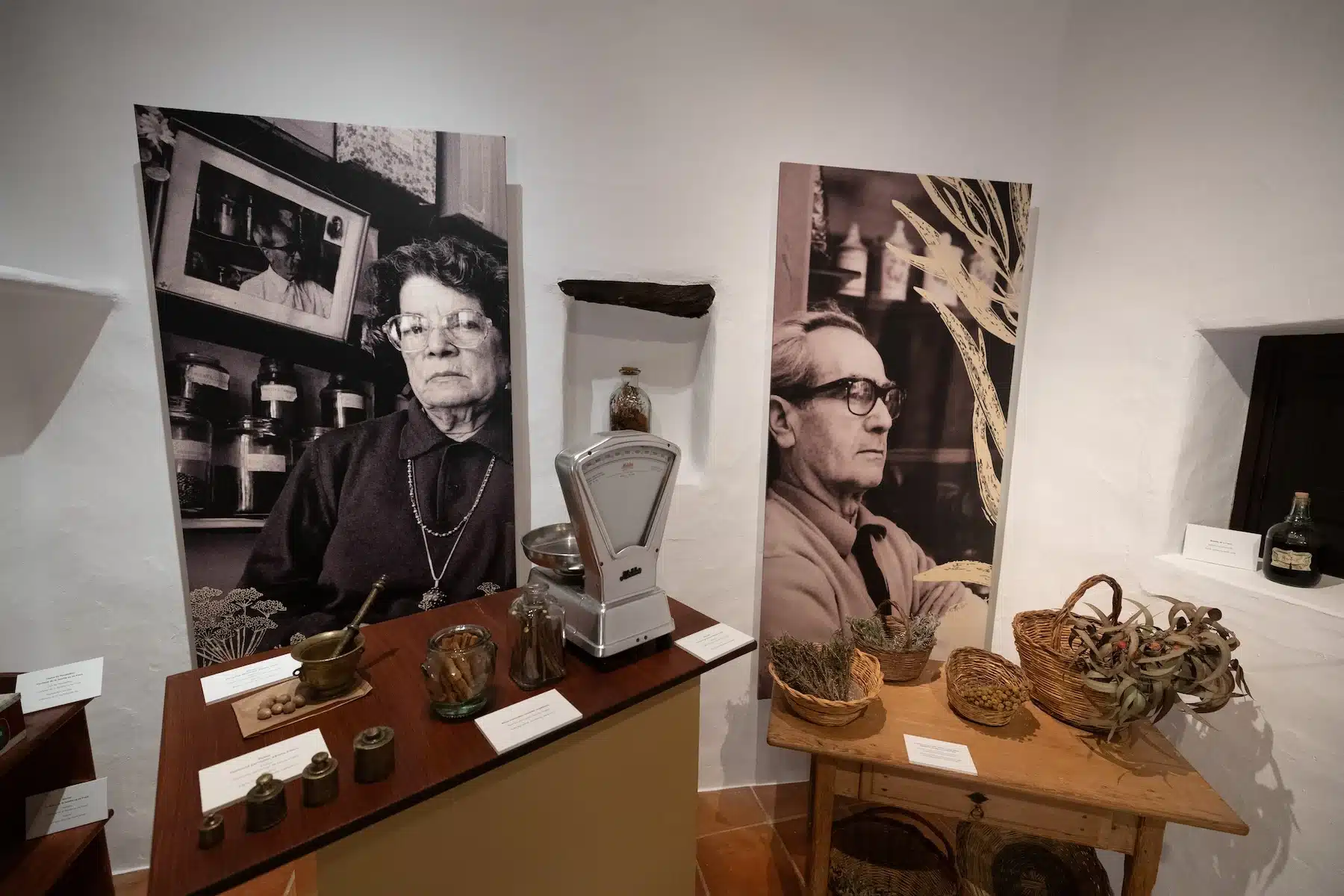

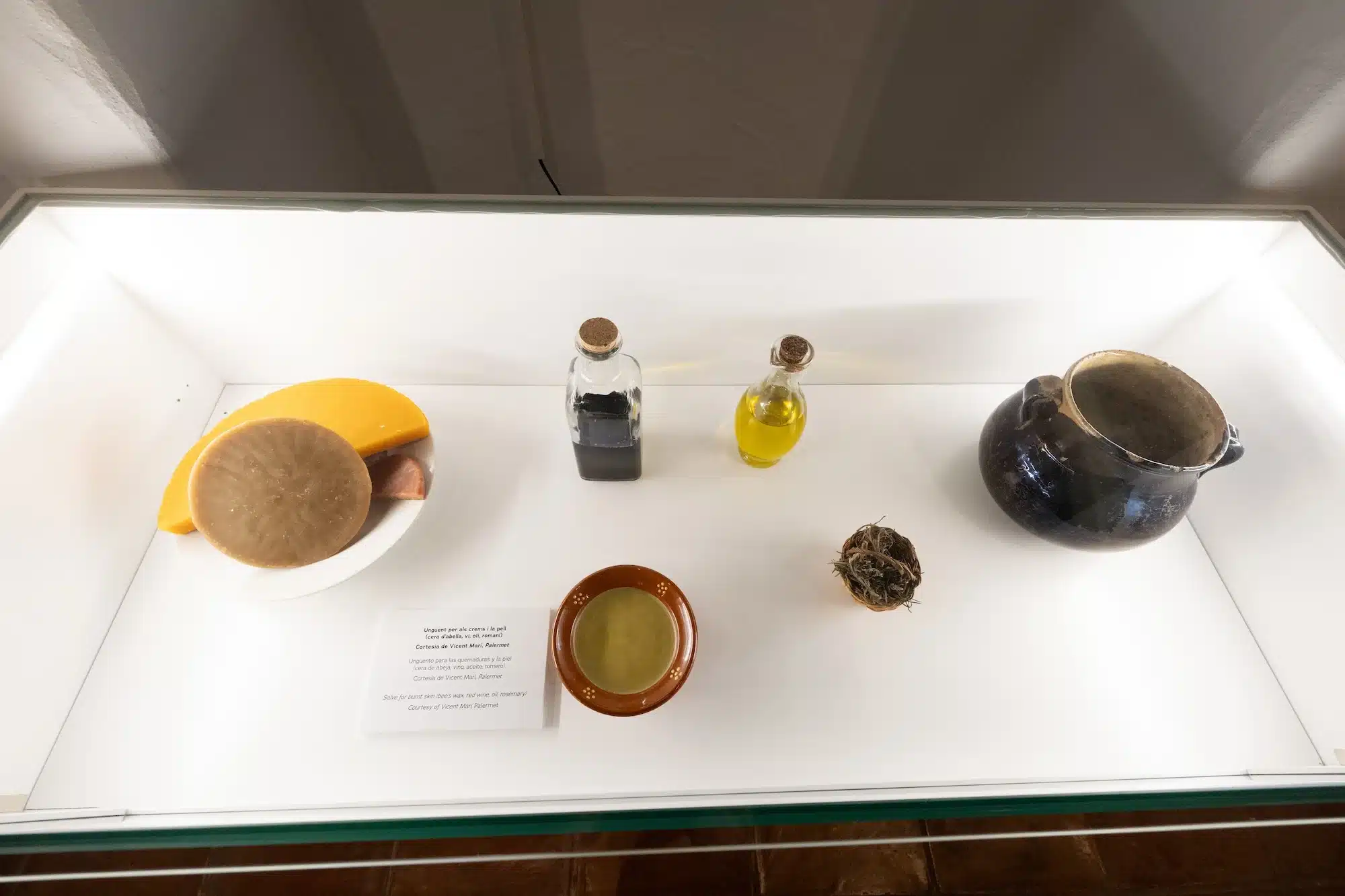
One of the most intriguing aspects of the exhibition is the story of Herbolaria Colom, a well-known herbalist shop that operated in Ibiza’s Marina district from 1961 to 2001. Through real-life testimonies, visitors will learn about the remedies sold in this legendary shop and their significance in Ibiza’s traditional medicine practices.
The exhibition also touches on the supernatural aspects of healing, exploring prayers, rituals, and healers who were once a fundamental part of the island’s medical traditions. A section of the exhibition explains that certain days of the year, such as the festival of Sant Joan, were believed to hold special healing powers.
By combining historical knowledge with interactive elements, this exhibition offers a deeper understanding of the connection between Ibizan culture, nature, and spirituality.
Why visit these exhibitions?
For visitors looking to experience Ibiza beyond its coastal landscapes and party scene, these exhibitions offer a rare glimpse into the island’s lesser-known heritage.
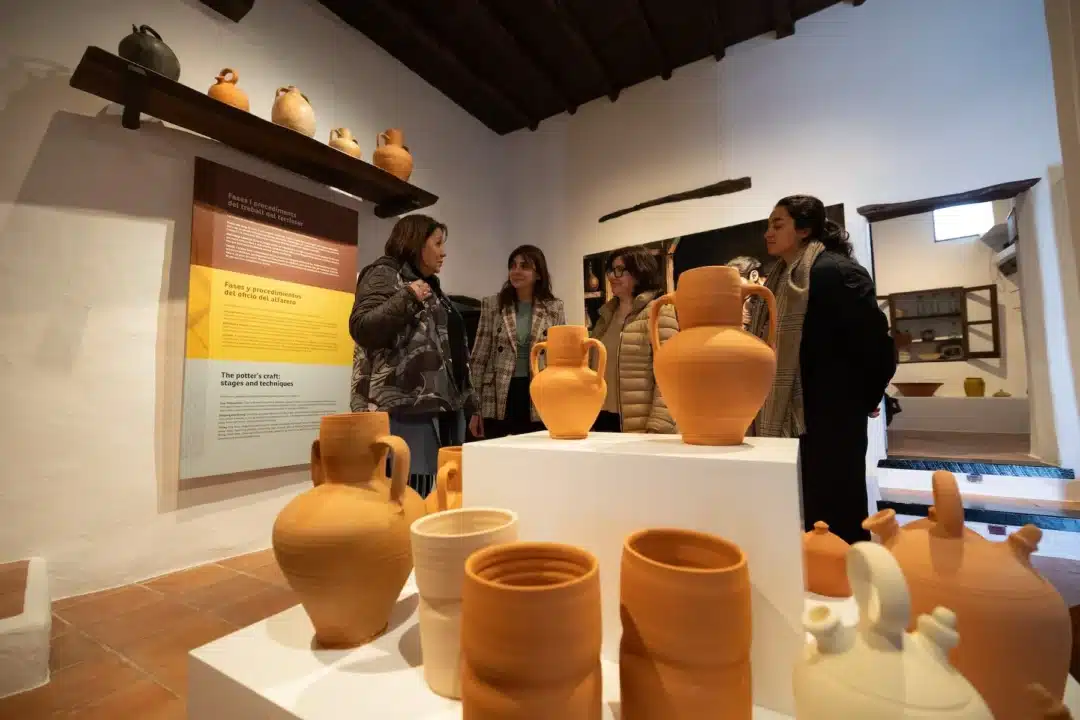
Whether you are drawn to mythology, craftsmanship, or traditional medicine, each exhibition provides a unique perspective on Ibiza’s cultural roots. The interactive workshops, visual displays, and storytelling elements make them accessible and engaging for travellers of all ages.
Plan your visit
The Ethnographic Museum of Can Ros is located in Puig de Missa, Santa Eulària, offering a beautiful setting steeped in history.
- Opening day: Sunday, 16 February, at 10:00 AM
- Exhibitions open until: 19 September
- Opening hours: Tuesday to Sunday
These exhibitions are a must-visit for those seeking to explore Ibiza’s cultural traditions, uncover hidden stories, and connect with the island’s rich past.
